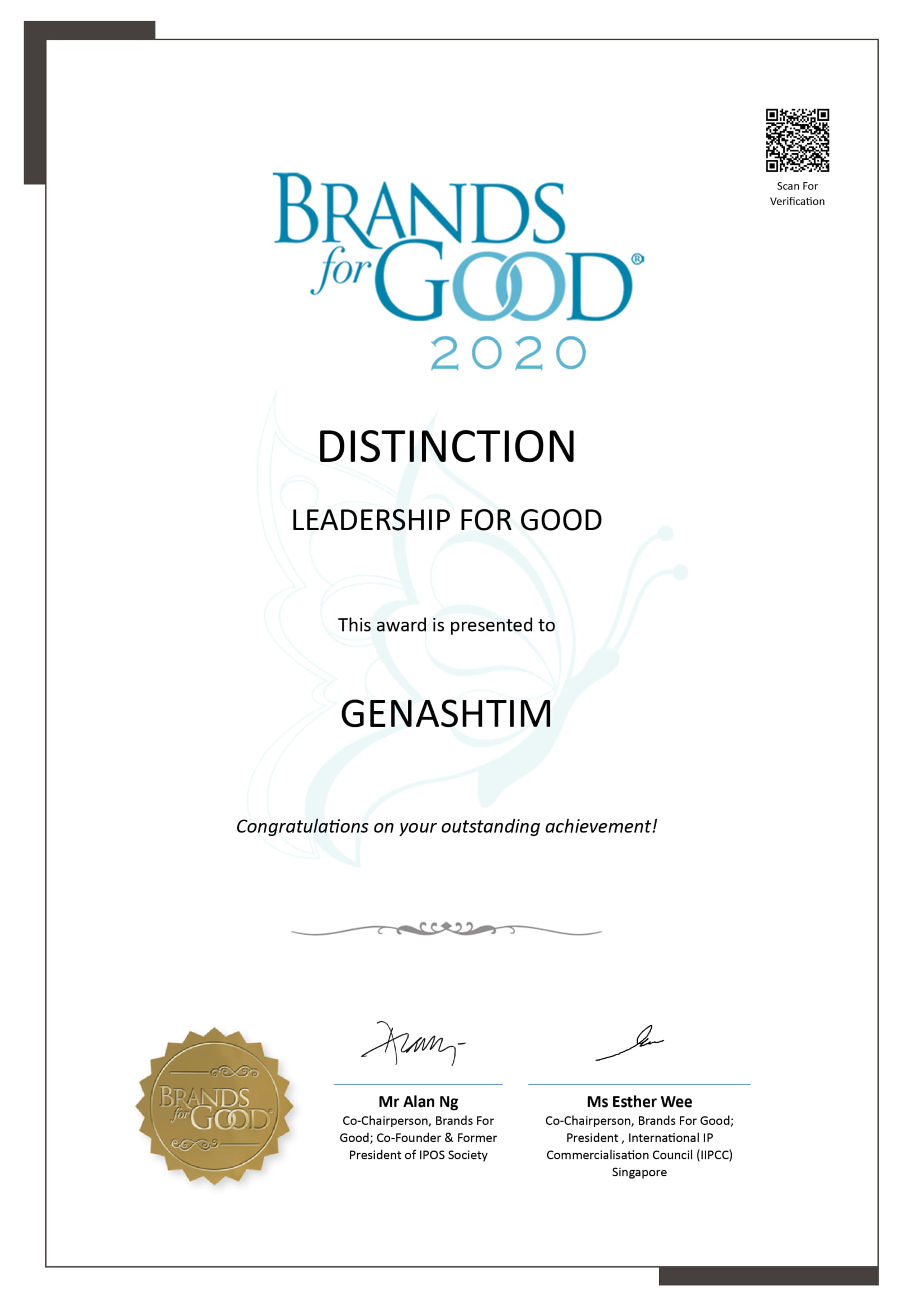Mid-Year Check-In: It’s Time to Revisit Your Training Goals

Written by: Hema Krishnan
June is almost over. We’ve crossed the halfway mark of the year.
Take a moment to pause and ask yourself a simple but powerful question: Did you follow through on the training plan you set at the beginning of the year?
If your answer is a sheepish “Not really…”, you know it’s time to catch up. At Genashtim, 80 hours of job-related learning are required annually. If you’re falling behind, you’re probably starting to feel the pressure.
Same Goals, Same You?
New Year. New Goals. New You.
We all start the year with this mindset—optimistic, energized, and ready for change. But let’s be honest, you’ve said and done this before. Last year. The year before that. Maybe even the one before that.
And yet, after 12 months, 52 weeks, 365 days, 525,600 minutes, and 31.5 million seconds, nothing really changed. For many, the goals stayed unchecked, the plans unexecuted, and the vision unrealized.
Some of us even end the year further behind than where we started.
Why Do We Fall Short?
Because we keep setting goals the same way, taking the same actions (or inactions), and expecting different results. As Einstein famously said, that’s the definition of madness.
Research shows that 92% of people abandon their New Year goals, often within the first few months.
If it’s any comfort, I’m in the same boat. Looking back, the goals I set in January now feel like a distant memory.
Let me be honest and lay out some excuses I’ve told myself:
- I was pushed into a new role and had to learn on the job—fast.
- I watched YouTube videos to learn the hows, but they were often under 30 minutes. Even though I applied what I learned, I didn’t think they were worth logging into our Training Management System (TMS) because of their short duration.
- I was completely focused on meeting KPIs.
Wearing too many hats made me lose my bearings.
Now that we’ve shared our excuses, let’s also share the truth: We still fell short. We still need to meet the 80-hour minimum requirement. And more importantly, we’re part of the 92% who don’t follow through on their yearly goals.
We’ve been… madness.
Uncomfortable yet?
Good. Discomfort can be a great motivator.
After reflecting on why I’m part of the 92%, I realized something important:
Having a plan isn’t enough. Before acting to execute our planned goals, we need to:
- Redefine how we approach goals.
- Get real about what isn’t working.
- And most importantly, try something different.
Here are four practical steps that can make a real difference.
Step 1: Ditch the Traditional “Annual Goals” Model
Annual goals sound logical, but they often don’t work. Here’s why:
- The timeline is too long – Twelve months feels like forever. You start strong in January, fade out by March, and forget the goal by June.
- There’s no urgency – If you think you have the whole year, you’ll tend to procrastinate and keep putting things off—until the year’s over.
Solution? Shorten the window.
A shorter time frame creates urgency and makes the goal feel more realistic. As the Malay proverb goes, “Sikit-sikit lama-lama jadi bukit.” (Small efforts, over time, add up.)
Step 2: Embrace the 12-Week Year
Think quarterly, not yearly.
The 12-Week Year is a strategy used by top performers and organizations. It condenses an annual goal into a 12-week sprint. Why does it work?
- It increases urgency.
- It helps you focus.
- It prompts immediate, meaningful action.
Instead of stressing over 80 hours of training in a year, break it down into 20 hours every three months. That’s under 7 hours a month—less than 2 hours a week. Suddenly, the goal feels doable.
Step 3: Set Action-Based Goals, Not Outcome-Based Ones
Most people set goals based on outcomes they can’t fully control:
- “I want 100,000 YouTube subscribers.”
- “I want to read 50 books this year.”
- “I want to complete 80 learning hours.”
These are results, not actions.
Flip the script:
- “I will publish one YouTube video every 10 days.”
- “I will read 10 pages a day.”
- “I will complete one learning module every week.”
When your goals are specific, measurable, and action-oriented, you can stay consistent, track progress, and build real momentum.
Step 4: You Become What You Measure
A goal without tracking is just a wish. To succeed, you need a system to measure your progress and hold yourself accountable.
At the very least,do a quarterly review. Ask:
- What worked?
- What didn’t?
- What needs to change?
Tracking your progress builds clarity, honesty, and momentum. Even if you only succeed two out of four quarters, you’ll still be far ahead of most people who never even started.
Mid-Year Reset: Start Now
You don’t need to wait for January 1st to commit to your goals. In fact, now—mid-year—is the perfect time to recommit.
Here’s how to begin:
- Choose one big goal or the next 12 weeks.
- Break it into weekly, actionable steps.
- Track your progress consistently.
- Celebrate small wins, adjust when needed, and keep going.
Remember:
You don’t rise to the level of your goals. You fall to the level of your systems.
So, build a better one. Because this time, you’re not just setting goals—you’re setting yourself up to win.













































































































